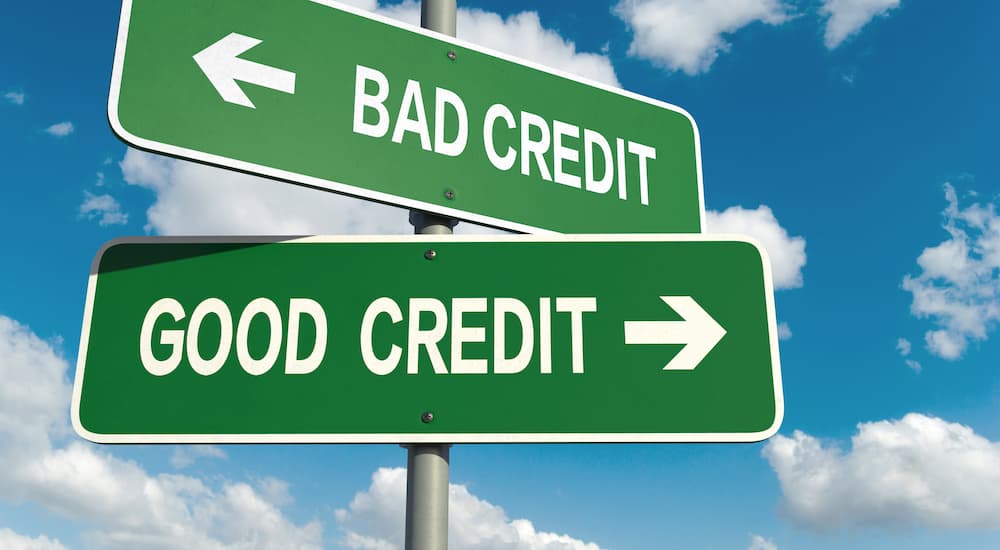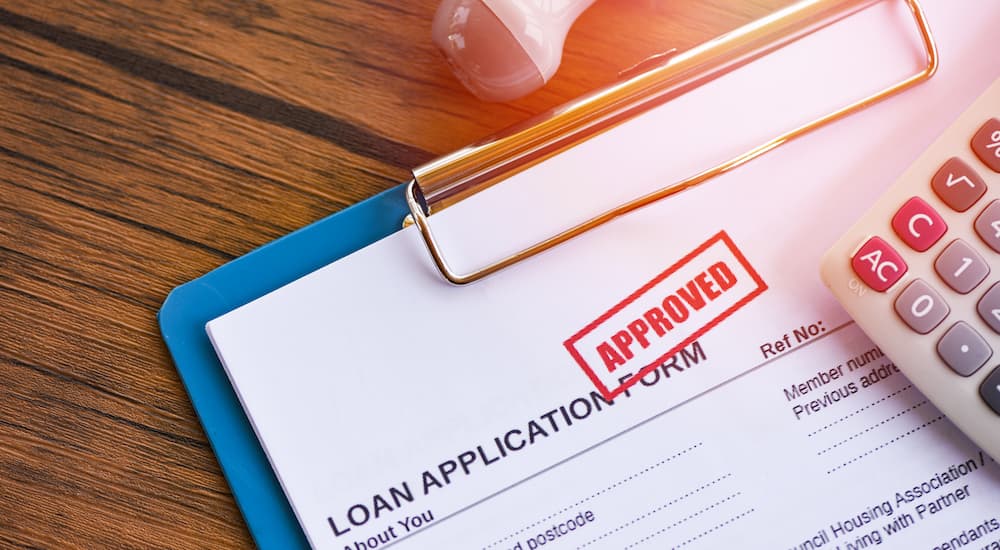I don’t really have to tell you that there are differences between the sorts of offers and terms you’ll find when looking at bad credit car loans compared to loans offered to someone with good credit. That being said, you might not immediately realize just what all of the differences are since some of them can be pretty subtle (though plenty of them are quite substantial). Getting a car loan with bad credit can seem incredibly difficult, and the process can certainly be frustrating, but it’s not impossible.
The good news with a loan is that even if you have bad credit today, making payments on time and paying off the loan within the scheduled term can greatly improve your credit score. This means the loan you need for your next vehicle will have much better terms, so you can pay less next time around. That might be cold comfort at the moment if you’re staring down a high interest rate, but it’s better than nothing. Let’s take a look at some of the major differences between what’s available when looking at car loans with bad credit vs good credit.
Number of Offers
One of the first major differences that you might notice depending on your credit score is the number of offers you get for a loan. Someone with good credit will generally get many more offers for a loan than someone with bad credit. The reason behind this is pretty simple: lenders see good credit as a sign that the person will pay back the loan and interest. In contrast, they see bad credit as a warning that there is a higher risk of not getting the loan paid back. This doesn’t mean someone with bad credit can’t find a loan, but it can be more difficult, and they’ll likely have fewer options to choose from.

Interest Rates
Arguably the biggest––and perhaps most important––difference between bad credit and good credit loans is the interest rate. The interest rate is extra money beyond the amount of the loan itself (which is called the principal), which a person pays back to the lender. It’s the benefit that lenders receive for taking the risk of lending money to a complete stranger in the first place. Car loan interest rates are represented as a percentage but are calculated through something called “amortization,” which is surprisingly complicated. The simple version is that the lower the interest rate, the lower the total cost of the loan.
This difference can be absolutely massive, and it’s one of the best reasons a person should work to maintain a good credit score––or rebuild credit if things have gotten out of hand. For example, someone with a good credit score––above 660 is good, with above 760 being excellent––might be offered a loan with a 4% interest rate (it could be slightly lower or higher, this is just an example). Now let’s say this person needs a $20,000 loan for a vehicle they want. With 4% interest and a 60-month term, they would end up paying about $2,100 in interest––not too bad.
On the other hand, someone with bad credit might be looking at an 18% interest rate for a car loan––more than four times higher than someone with good credit. If we look at the same example of a $20,000 loan and 60 months for repayment, with an 18% interest rate, they will end up paying nearly $10,500 in interest on that loan. That’s the difference a high interest rate makes, and that’s assuming they’re not also stuck with a longer term or other issues.
Not only is our hypothetical person with bad credit paying five times more in interest for their loan, but since both examples are being repaid in 60 months, they’re also paying more each month. The borrower with good credit needs to pay about $368 each month, while the 18% loan requires monthly payments of more than $507. Again, this is for the same $20,000 loan.
Loan Amounts
In the previous example, we looked at the interest rate, and in both cases, the borrowers were able to get loans for the same amount, but that’s not guaranteed. Someone with good credit is likely to be able to find a loan for a higher amount than someone with a low credit score. Both people might be able to secure a car loan for $20,000, but what about a $40,000 loan or more? The car buyer with poor credit is going to have a hard time finding a lender willing to let them borrow that much, so it becomes a lot harder to buy something like a full-size truck if a shopper has poor credit.
Loan Terms
One of the most important aspects of a loan is the term, which refers to the duration of the loan or the loan period. The term is how long a person has to pay off the loan, typically by making monthly payments on it. A loan’s term has a big impact on how much a person pays, not only each month but overall. Someone with good credit might be offered a loan with a shorter term than someone with bad credit, which can make the bad-credit loan cost more overall.
To see this clearly, let’s consider that $20,000 loan again, still with 4% interest, but what happens when the term is different? A 60-month term (repayment in five years) means monthly payments of about $368 and paying a total of almost $2,100 in interest. That same loan paid off in 48 months (four years) would have higher monthly payments of about $450 but only results in around $1,675 in total interest. If we go the other way with a 72-month term (six years), the payments come down to about $313 each month, but the total interest increases to nearly $2,530.
Someone with poor credit being offered a loan with high interest and a long term ends up paying a lot more money overall than someone with low rates and a shorter term. It’s also worth noting that car loans often include fees and penalties if someone wants to pay the loan off early to avoid some of that interest.
Down-Payment Requirements
This can vary depending on the situation, but someone with good credit will probably be offered loans regardless of whether they have a down payment. Loans for someone with bad credit might have a down payment requirement to demonstrate financial security or be offered with zero down. That might seem contradictory, but the lack of a down payment means someone would need to take a $5,000 larger loan than someone else putting $5,000 down. The need for a larger loan at a higher interest rate (and perhaps with a longer term) means more interest paid overall and more profit for the lender.
Payment Options
Someone with good credit will probably have quite a few options for how they make their car payment each month. They’ll likely have a single monthly payment, with easy payment options, including a website or even through an app on their phone. This makes repayment less of a hassle, so it’s easier to ensure payment is never missed. A borrower with poor credit, on the other hand, might have very limited or restrictive options.
It’s pretty common for a bad-credit-borrower to have to make payments every couple of weeks, requiring more effort than a monthly payment, and it might need to be made in person at a dealership. This requirement is typically found with Buy Here Pay Here loans that some dealers offer. No matter what the situation, you can see that getting a loan with bad credit can be more difficult, result in fewer offers, and often has terms and details that end up costing a lot more than a similar loan to someone with good credit.





